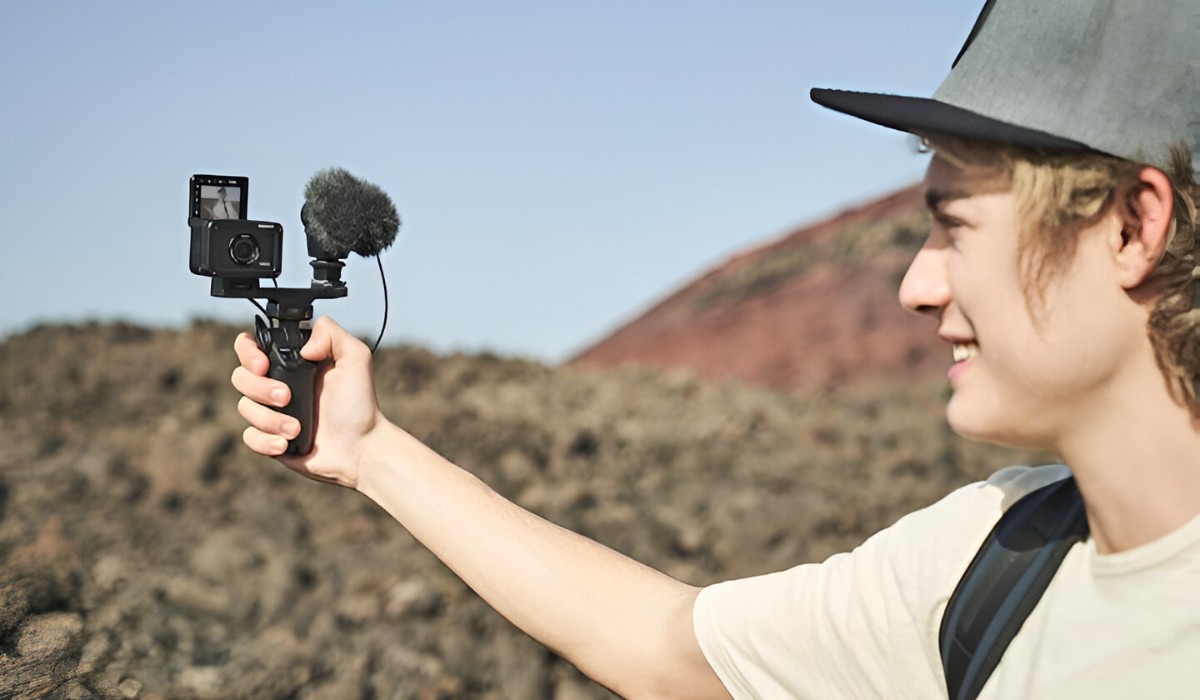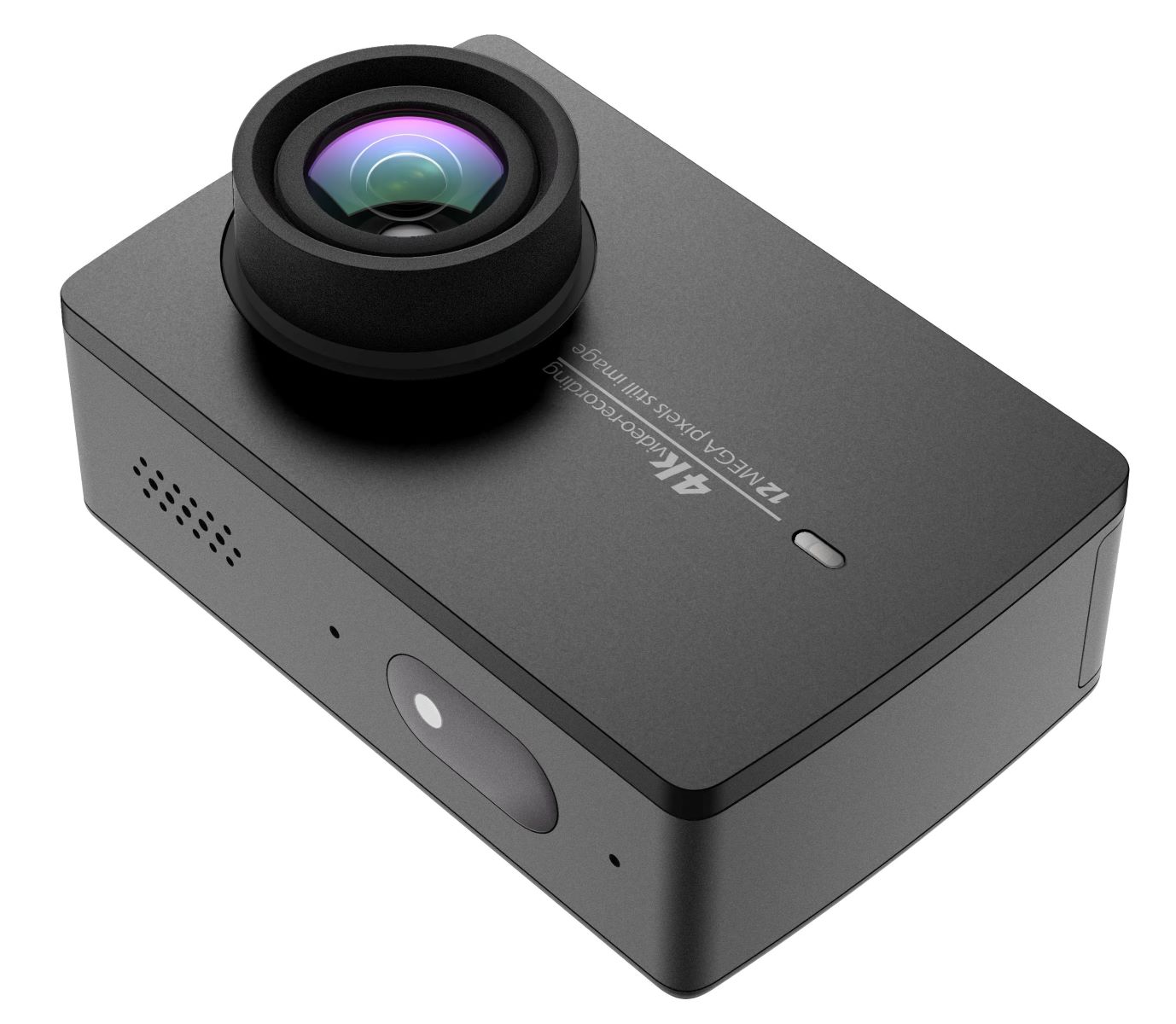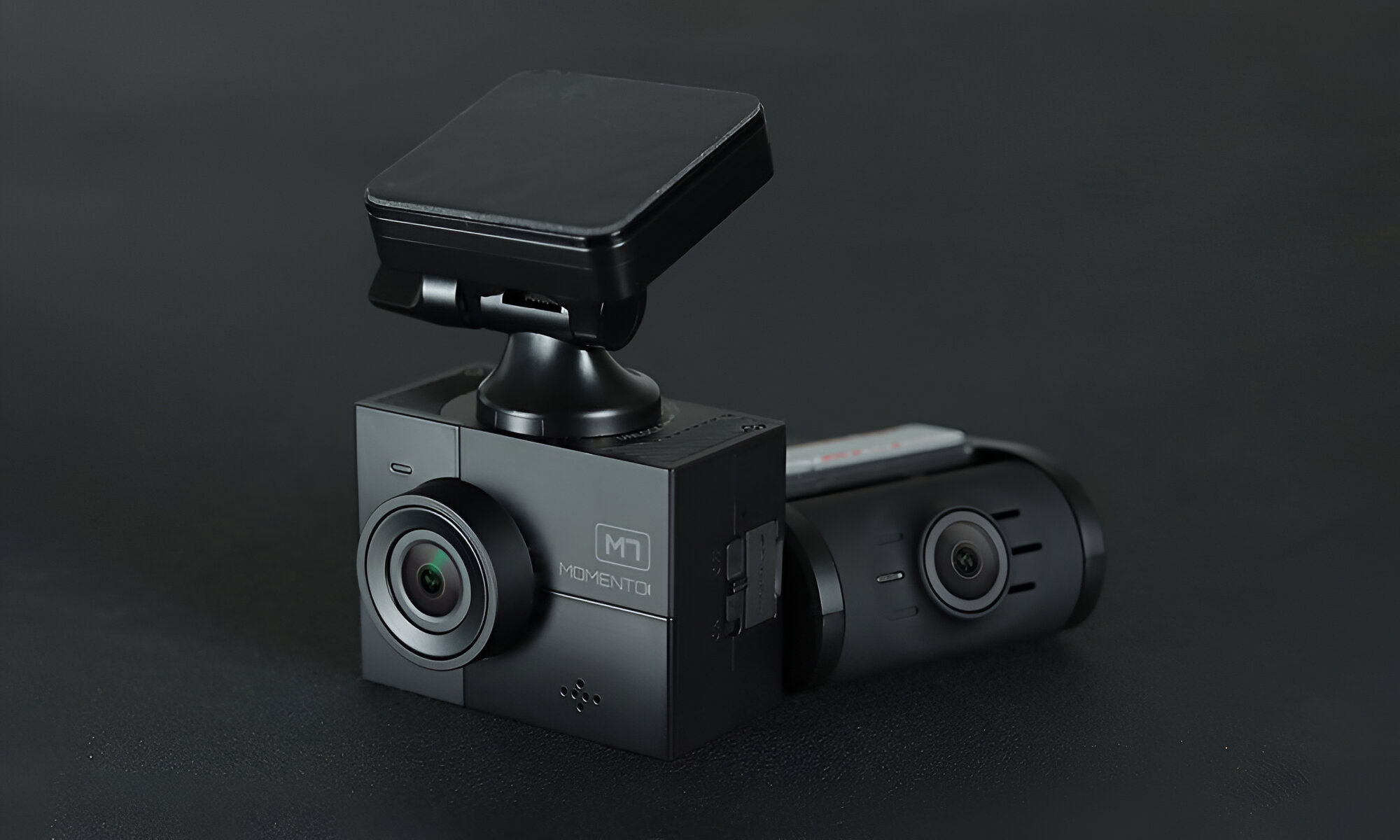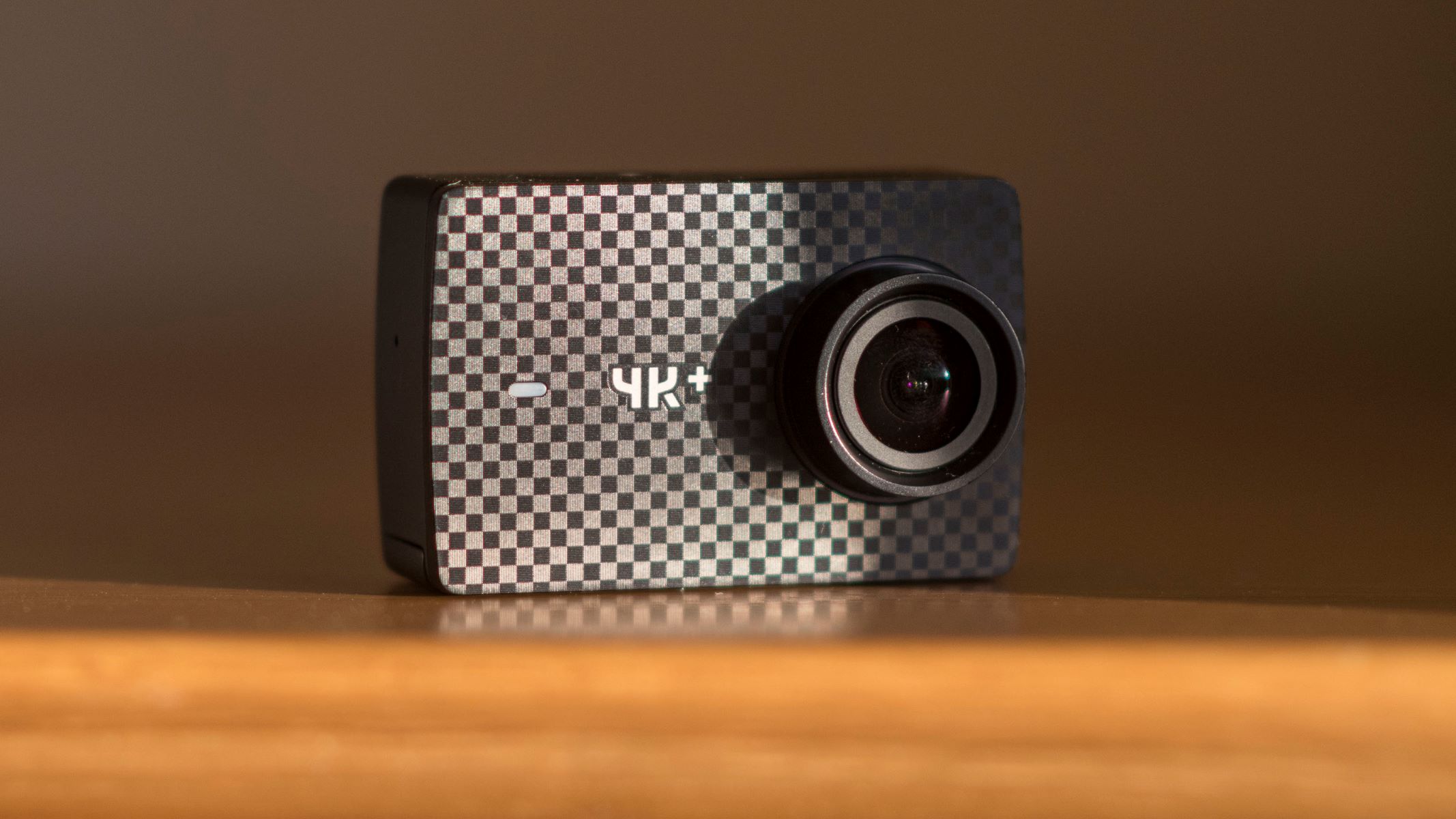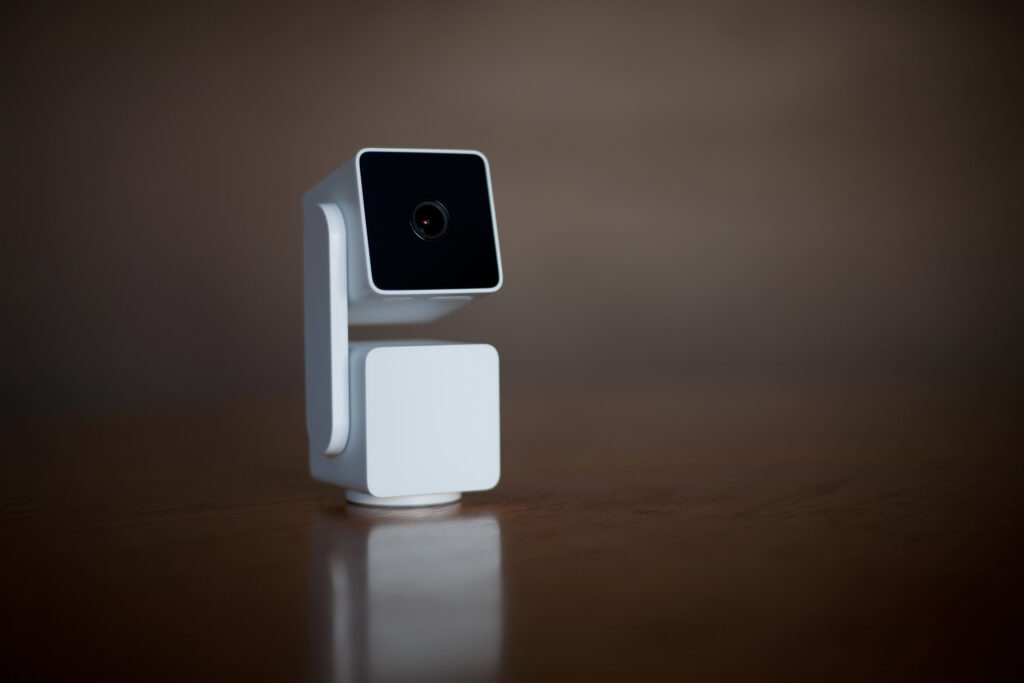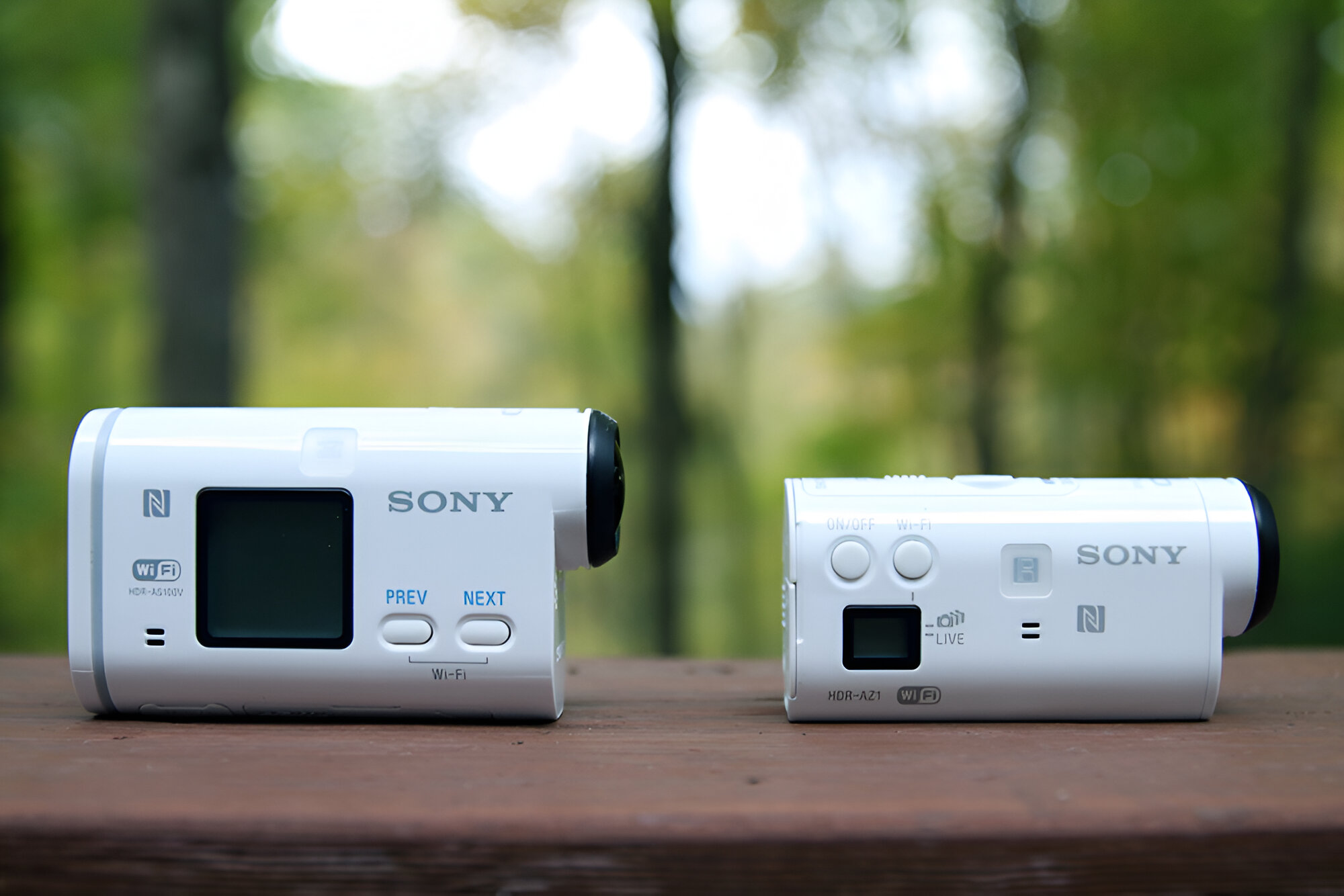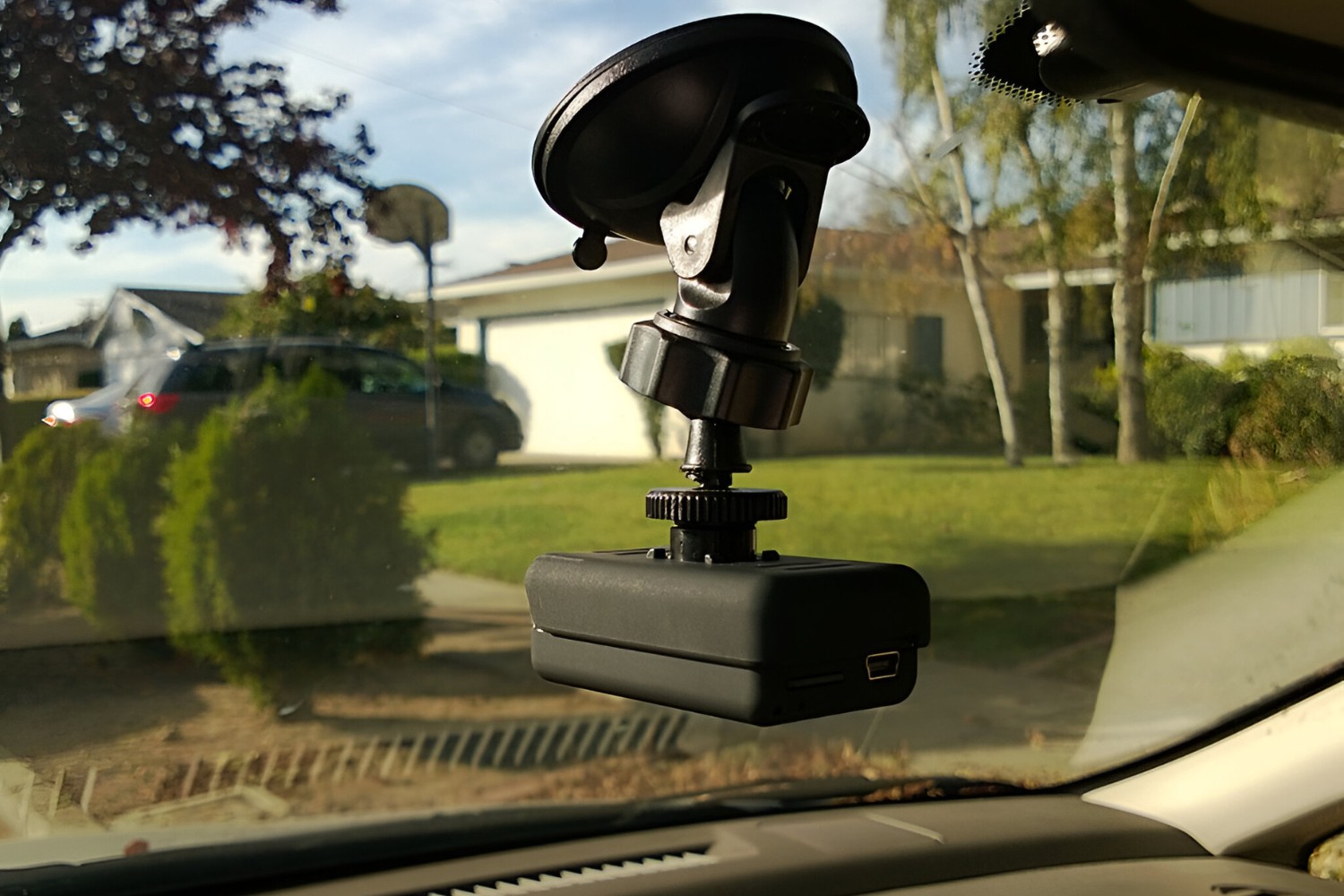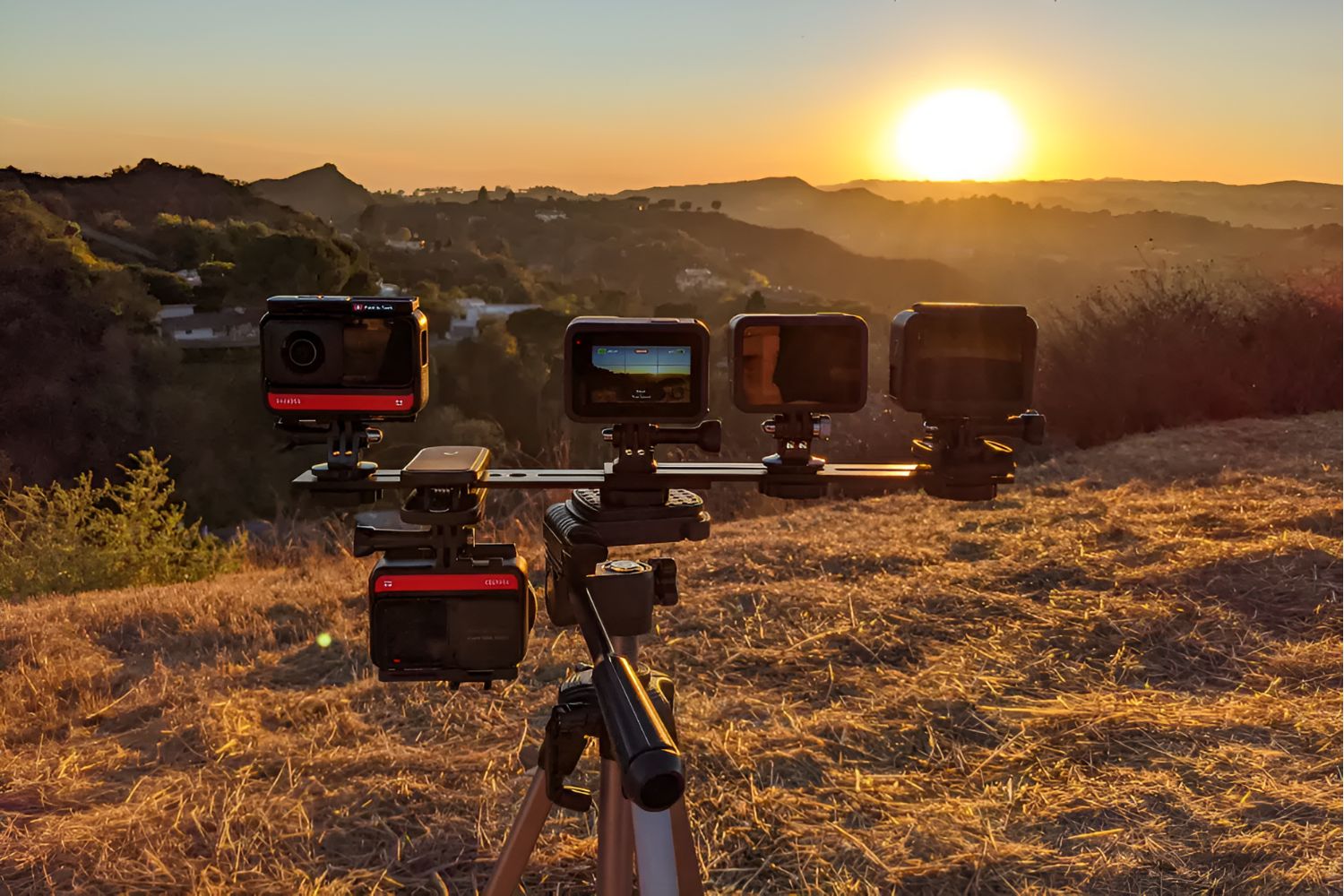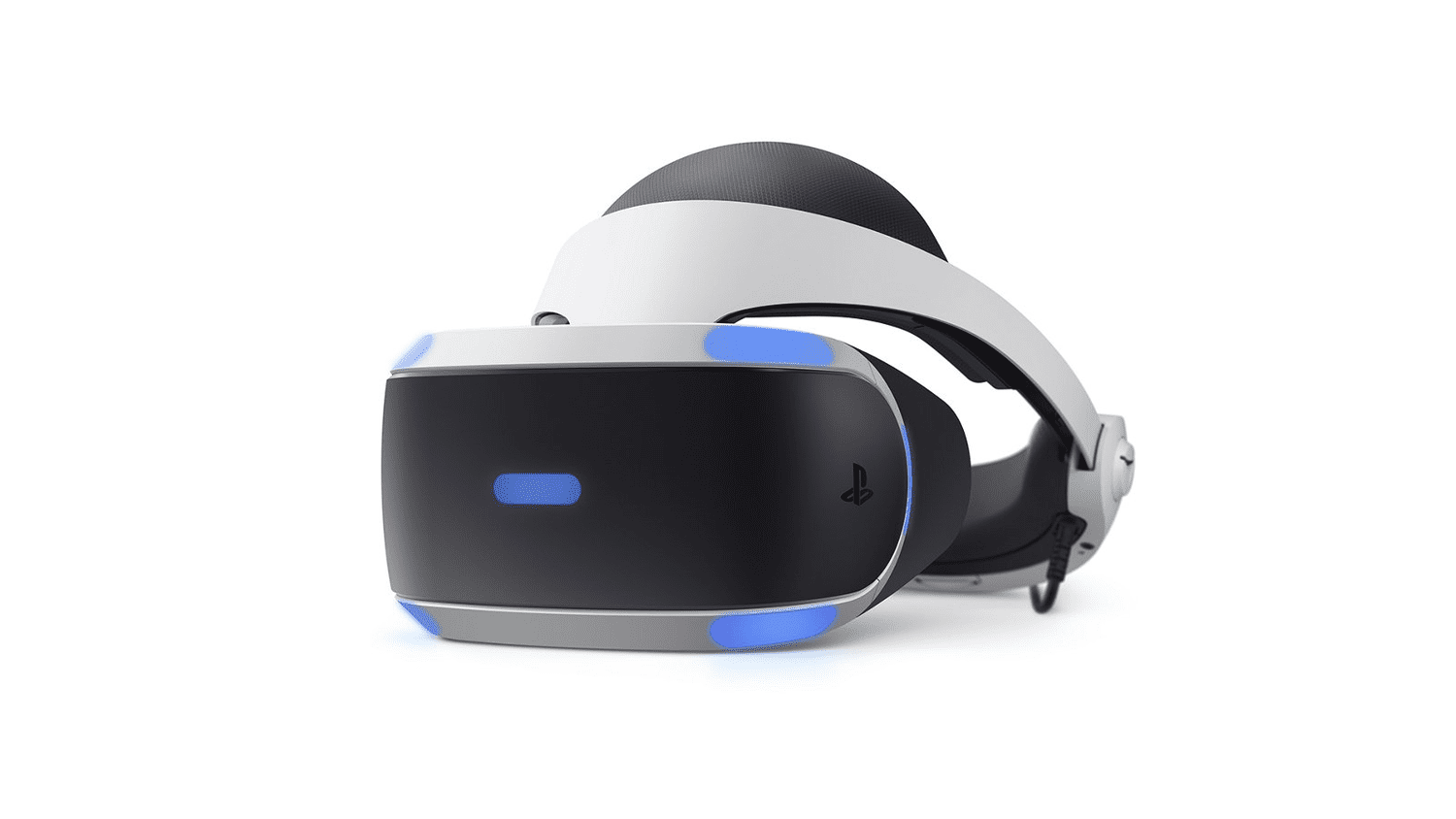Introduction
Action cameras have revolutionized the way we capture our adventures, from exhilarating outdoor activities to heart-pounding extreme sports. These compact and rugged devices have become indispensable tools for documenting our most daring moments. However, while action cameras excel in delivering stunning visuals, the audio quality often leaves much to be desired. The built-in microphones of most action cameras are susceptible to wind noise, muffled audio, and overall poor sound quality, which can significantly detract from the viewing experience.
Fortunately, there are several effective strategies to enhance the audio quality of action camera footage, allowing you to fully capture the essence of your adventures. Whether you're an adrenaline junkie documenting extreme sports or a travel enthusiast capturing breathtaking landscapes, improving the audio on your action camera can elevate the storytelling and immersive experience for your audience.
In this comprehensive guide, we will delve into various techniques and tools to improve the audio quality of your action camera footage. From selecting the right action camera to utilizing external microphones, optimizing camera positioning, employing wind and noise reduction accessories, and refining audio in post-production, we will explore practical steps to elevate the auditory dimension of your videos.
By implementing these strategies, you can ensure that the audio accompanying your action camera footage resonates with the same level of clarity and impact as the visuals, resulting in a more captivating and immersive viewing experience for your audience. Let's embark on this audio enhancement journey and unleash the full potential of your action camera footage.
Choosing the Right Action Camera
When aiming to capture high-quality audio with an action camera, the selection of the camera itself plays a pivotal role. While most modern action cameras offer impressive video capabilities, it’s essential to consider the audio features and specifications to ensure optimal sound capture.
Look for action cameras that boast advanced audio technologies, such as built-in wind noise reduction, high-quality microphones, and the ability to connect external audio accessories. Some models are equipped with multiple microphones to facilitate clearer audio capture and even offer manual audio level adjustments, providing greater control over sound recording.
Furthermore, consider the physical design of the action camera. Opt for a model that features a rugged and waterproof housing while still allowing access to audio input ports. This ensures that the camera remains protected in challenging environments while accommodating external microphones for improved audio capture.
Another crucial factor to consider is the compatibility of the action camera with external microphones. Look for cameras that support the use of external microphones, either through a dedicated audio input port or compatible adapters. This flexibility enables you to leverage high-quality external microphones, which can significantly enhance the overall audio recording capabilities of the camera.
Additionally, assess the overall audio performance of the action camera by researching user reviews and professional evaluations. Real-world feedback from users who have extensively tested the audio capabilities of the camera can provide valuable insights into its performance in various conditions, such as windy environments, underwater settings, or fast-paced activities.
By carefully evaluating these factors and prioritizing audio features alongside video quality and durability, you can select an action camera that not only excels in capturing stunning visuals but also delivers impressive audio recordings, laying a solid foundation for achieving exceptional audio-visual synergy in your footage.
Using an External Microphone
One of the most effective ways to significantly enhance the audio quality of action camera footage is by utilizing an external microphone. While built-in microphones on action cameras may suffice for casual use, external microphones offer superior sound capture, especially in challenging environments.
When selecting an external microphone for your action camera, consider the specific recording needs dictated by your activities. For general outdoor use, a compact and rugged lavalier microphone provides excellent versatility and can be discreetly attached to clothing, ensuring clear and consistent audio capture during dynamic movements.
For more immersive and ambient audio recording, a shotgun microphone proves to be a valuable asset. Designed to capture sound from a specific direction while minimizing background noise, a shotgun microphone is ideal for capturing focused audio in outdoor settings, such as nature sounds, conversations, or atmospheric effects.
When connecting an external microphone to your action camera, ensure that the camera supports external audio input and select a microphone that is compatible with your camera’s audio input port. Some action cameras may require specific adapters or connectors to accommodate external microphones, so verify the compatibility to guarantee seamless integration.
Furthermore, consider the environmental conditions in which you will be filming. For activities in windy or high-speed settings, a windscreen or foam cover for the external microphone can effectively reduce wind noise and minimize audio distortion, ensuring that your recordings maintain clarity and fidelity.
By incorporating an external microphone into your action camera setup, you can elevate the audio quality of your footage, capturing nuanced sounds and dialogue with enhanced clarity and depth. Whether you’re documenting outdoor adventures, travel experiences, or sports activities, the addition of an external microphone empowers you to deliver captivating audio that complements the visual spectacle, enriching the overall viewing experience for your audience.
Positioning the Camera for Better Audio
Optimizing the positioning of your action camera is crucial for achieving superior audio capture, as the placement of the camera directly influences the quality and clarity of the recorded sound. By strategically positioning the camera, you can effectively enhance audio capture, resulting in more immersive and engaging footage.
When mounting the action camera, consider the proximity to the primary audio sources, such as the subject’s voice or ambient sounds. For capturing clear dialogue or commentary, positioning the camera closer to the audio source can significantly improve the intelligibility and overall quality of the recorded speech. This is particularly important for vlogging, interviews, or any content where vocal clarity is paramount.
Moreover, when engaging in outdoor activities or sports, consider the impact of environmental factors on audio capture. For instance, if you’re recording high-speed activities or sports, mounting the camera in a location that minimizes wind exposure can mitigate wind noise and ensure clearer audio. Additionally, strategic positioning can help minimize unwanted vibrations and handling noise, further enhancing the overall audio quality.
Furthermore, when capturing ambient sounds and immersive audio experiences, such as nature scenes or bustling urban environments, consider positioning the camera in a manner that allows for unobstructed sound capture. Avoiding physical barriers or obstructions near the camera’s microphones can facilitate the recording of rich and detailed environmental sounds, contributing to a more immersive and evocative auditory experience.
For activities involving multiple audio sources or dynamic soundscapes, such as live performances or group conversations, consider utilizing multiple action cameras strategically positioned to capture diverse audio perspectives. This approach enables the creation of multi-dimensional audio recordings, offering a more comprehensive and immersive sonic experience for the audience.
By thoughtfully considering the positioning of your action camera and its proximity to audio sources, you can optimize audio capture and ensure that the recorded sound aligns cohesively with the visual narrative, resulting in a more compelling and immersive viewing experience for your audience.
Using Wind and Noise Reduction Accessories
When capturing audio with an action camera in outdoor or high-motion settings, mitigating wind noise and minimizing unwanted environmental sounds is essential for achieving high-quality audio recordings. Fortunately, a range of wind and noise reduction accessories are available to effectively address these challenges, allowing you to capture clear and immersive audio in diverse conditions.
One of the most common and effective accessories for combating wind noise is the windscreen or wind muff. These accessories are designed to cover the built-in or external microphones of the action camera, creating a barrier that reduces the impact of wind gusts on the audio capture. By implementing a windscreen, you can significantly diminish wind noise, resulting in clearer and more intelligible audio recordings, particularly in open or windy environments.
For activities involving high-speed motion, such as cycling, skiing, or motorcycling, specialized wind reduction accessories, such as aerodynamic microphone covers or wind deflectors, can be employed to minimize wind turbulence around the microphone, preserving the fidelity of the recorded audio and ensuring that the sound remains clear and distortion-free.
In addition to wind reduction, addressing ambient and background noise is crucial for maintaining audio clarity. Noise reduction accessories, such as foam microphone covers or sound baffles, can effectively minimize unwanted environmental sounds, ensuring that the primary audio sources are captured with greater fidelity and prominence. These accessories are particularly valuable in bustling urban environments, crowded events, or scenarios with persistent background noise.
Furthermore, for underwater filming or activities in wet environments, waterproof microphone covers or hydrophobic membranes can be utilized to protect the microphone elements from water intrusion while maintaining optimal audio capture. These accessories enable you to capture clear and distortion-free audio even in challenging aquatic settings, enhancing the overall audio-visual experience of your footage.
By integrating wind and noise reduction accessories into your action camera setup, you can effectively mitigate environmental challenges and optimize audio capture, ensuring that your recordings exhibit exceptional clarity and fidelity. These accessories empower you to capture immersive and engaging audio, complementing the visual spectacle and delivering a more compelling and captivating viewing experience for your audience.
Editing Audio in Post-Production
Post-production editing plays a pivotal role in refining and enhancing the audio captured with an action camera, allowing you to fine-tune the sound to achieve optimal clarity, balance, and impact. Whether you’re addressing minor imperfections or aiming to elevate the audio to professional standards, leveraging post-production tools and techniques can significantly enhance the overall audio quality of your footage.
One of the fundamental aspects of audio editing in post-production is equalization (EQ), which enables you to adjust the frequency balance of the audio to optimize clarity and tonal quality. By employing EQ, you can attenuate unwanted frequencies, enhance vocal presence, and sculpt the overall tonal characteristics of the audio, ensuring that it aligns seamlessly with the visual narrative and conveys the intended emotional impact.
Furthermore, dynamic processing tools, such as compressors and limiters, are invaluable for managing the dynamic range of the audio, ensuring that softer sounds are audible while preventing distortion in louder passages. These tools enable you to achieve a more consistent and balanced audio output, enhancing the overall intelligibility and impact of the recorded sound.
Noise reduction and restoration tools are essential for addressing unwanted background noise, hum, or other audio imperfections. By employing noise reduction algorithms and spectral editing techniques, you can effectively eliminate or minimize undesirable artifacts, ensuring that the primary audio sources remain clear and prominent throughout the footage.
For multi-channel audio recordings or immersive soundscapes, spatial processing and panning techniques can be utilized to create a sense of depth and dimension within the audio mix, enhancing the immersive qualities of the sound and creating a more engaging auditory experience for the audience.
Additionally, consider integrating ambient sound effects or foley elements to enrich the sonic landscape of your footage. By thoughtfully incorporating complementary sound elements in post-production, you can enhance the overall immersive experience, evoke specific moods, and create a more captivating and evocative auditory environment for the audience.
By leveraging the capabilities of post-production audio editing tools, you can refine and elevate the audio quality of your action camera footage, ensuring that the sound aligns harmoniously with the visual narrative, resulting in a more compelling and immersive viewing experience for your audience.
Conclusion
Enhancing the audio quality of action camera footage is a multifaceted endeavor that encompasses careful equipment selection, strategic positioning, and the integration of advanced audio technologies and post-production techniques. By prioritizing audio considerations alongside visual aspects, content creators can elevate the overall viewing experience, delivering compelling and immersive narratives that resonate with audiences on a deeper level.
Choosing the right action camera equipped with advanced audio features and compatibility with external microphones lays the foundation for capturing high-quality audio. By leveraging external microphones and wind and noise reduction accessories, content creators can effectively mitigate environmental challenges and optimize audio capture, ensuring that the recorded sound aligns cohesively with the visual narrative.
Strategic camera positioning plays a critical role in achieving superior audio capture, allowing content creators to optimize audio sources and minimize environmental interference. Furthermore, the integration of post-production audio editing techniques empowers creators to refine and enhance audio recordings, ensuring that the sound exhibits exceptional clarity, balance, and impact.
Ultimately, the convergence of these strategies and technologies enables content creators to deliver captivating audio-visual experiences that transport audiences into the heart of the action. Whether documenting adrenaline-pumping adventures, immersive travel experiences, or captivating outdoor narratives, the enhanced audio quality of action camera footage enriches the storytelling and fosters a deeper connection with viewers.
By embracing the art and science of audio enhancement in action camera videography, content creators can transcend the limitations of conventional audio capture, delivering narratives that resonate with authenticity, emotion, and immersive power. As technology continues to evolve and innovation propels the boundaries of audio-visual storytelling, the pursuit of audio excellence in action camera footage remains an ongoing and rewarding journey.







